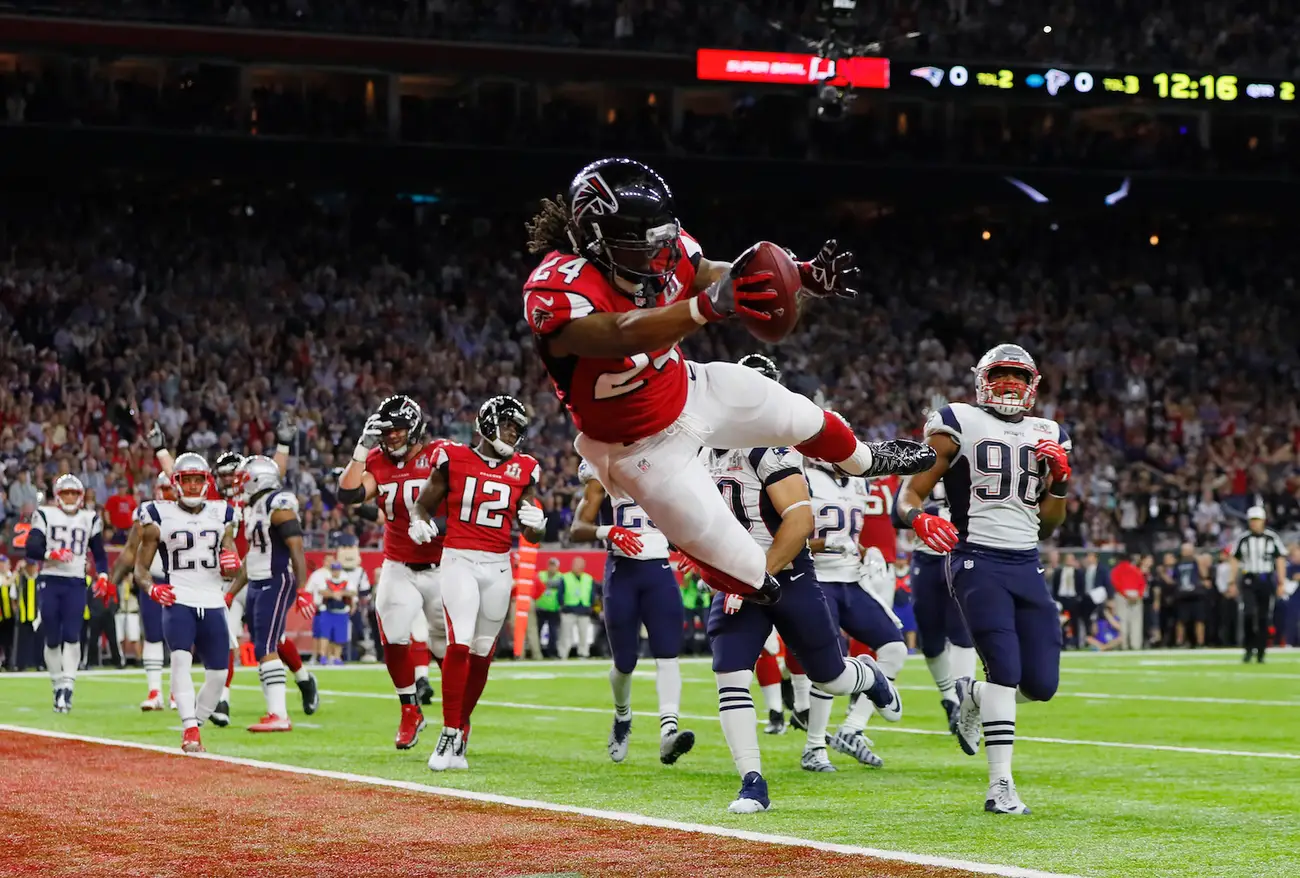When it comes to American culture, the Super Bowl is a phenomenon that transcends sports. The Super Bowl isn’t just the final championship game of the National Football League (NFL). It’s a cultural event that unites millions of people, regardless of whether they’re die-hard football fans or just in it for the commercials and halftime show. From epic touchdowns to unforgettable performances, the Super Bowl is a spectacle that has something for everyone.
The Origins of the Super Bowl
The Super Bowl wasn’t always the massive event it is today.
In fact, the first Super Bowl, held in 1967, was not even called the Super Bowl.
It was officially known as the “AFL-NFL World Championship Game” and was a matchup between the champions of the National Football League (NFL) and the American Football League (AFL).
But the name “Super Bowls” quickly caught on, thanks to Kansas City Chiefs owner Lamar Hunt, who coined the term after watching his kids play with a popular toy called the “Super Balls.”
The first game, held on January 15, 1967, between the Green Bay Packers and the Kansas City Chiefs, was broadcast by two networks, NBC and CBS, and was watched by an estimated 50 million people.
A Modern-Day Spectacle
Today, the Super Bowl is much more than just a football game.
It’s an entire day dedicated to sports, entertainment, and even culinary adventures.
Families and friends gather around TVs, hosting Super Bowl parties with an array of snacks and drinks that have become as much a part of the tradition as the game itself.
Buffalo wings, nachos, and pizza are staple foods, with guacamole and chips making a frequent appearance as well.
The game itself is often a showcase of the best talent in the NFL.
Teams that make it to the Super Bowls are typically at the top of their game, and the matchups are highly anticipated.
The Halftime Show: A Stage for Legends
One of the most iconic aspects of the Super Bowl is the halftime show.
It’s a 12 to 15-minute performance that has featured some of the biggest names in music.
From Michael Jackson’s legendary performance in 1993 to Beyoncé’s electrifying show in 2013, the Super Bowls halftime show is a platform where artists make history.
The halftime show wasn’t always such a big deal.
In the early years, it featured college marching bands and modest performances.
But as the Super Bowls grew in popularity, so did the halftime show.
Now, it’s a production that often overshadows the game itself.
For many viewers, the halftime show is the main event.
It’s a chance to see their favorite artists perform on one of the world’s biggest stages.
Commercials: Advertising’s Biggest Night
The Super Bowl is also known for its commercials.
In fact, some people watch the Super Bowl just for the ads.
These commercials have become a cultural phenomenon in their own right, often being as talked about as the game itself.
Brands spend millions of dollars to secure a 30-second spot during the Super Bowls, and they pull out all the stops to create memorable ads that will resonate with viewers long after the game is over.
From the hilarious to the heartwarming, Super Bowls commercials are designed to entertain and engage.
They’re often star-studded, featuring celebrities and even big-name directors.
And let’s not forget the iconic mascots and catchphrases that have become ingrained in pop culture.
Remember the Budweiser frogs? Or the classic “Wassup” ad?
These commercials have left a lasting impact, becoming part of the Super Bowl tradition.
Super Bowl Sunday: A National Holiday?
For many Americans, Super Bowl Sunday is like a national holiday.
It’s a day when people come together to celebrate, whether it’s at home with family or at a bar with friends.
The Super Bowl has a way of bringing people together, even if they’re rooting for different teams.
It’s about the experience, the excitement, and the sense of community that comes with watching the big game.
The Super Bowl is also a day when traditions are made.
Some people host annual Super Bowls parties, complete with elaborate decorations and themed food.
Others participate in friendly betting pools or fantasy football leagues.
And then there’s the halftime show, the commercials, and, of course, the game itself.
All of these elements come together to create a uniquely American experience.
The Economic Impact of the Super Bowl
The Super Bowl isn’t just a cultural event; it’s also an economic powerhouse.
The game generates billions of dollars in revenue, from ticket sales and merchandise to advertising and tourism.
Cities that host the Super Bowl often see a significant boost in their local economy, with hotels, restaurants, and retailers benefiting from the influx of visitors.
But it’s not just the host city that sees economic benefits.
The Super Bowls has a ripple effect that reaches far beyond the stadium.
Brands that advertise during the Super Bowls often see a surge in sales, and the exposure can have long-lasting effects.
And let’s not forget the impact on the entertainment industry.
Super Bowl Memories: Moments That Last a Lifetime
The Super Bowl has given us countless memorable moments over the years.
Who could forget David Tyree’s “helmet catch” in Super Bowls XLII, a play that helped the New York Giants secure a stunning victory over the undefeated New England Patriots?
Or Malcolm Butler’s game-winning interception in Super Bowls XLIX, a play that sealed the New England Patriots’ victory over the Seattle Seahawks?
And then there are the upsets, the underdog stories that have become the stuff of legend.
The New York Jets’ victory over the Baltimore Colts in Super Bowls III is one such example.
The Jets were heavy underdogs, but quarterback Joe Namath famously guaranteed a win—and delivered.
The Future of the Super Bowl
As the Super Bowls continues to grow in popularity, it’s exciting to think about what the future holds.
Will the game continue to evolve, with new technologies and innovations enhancing the viewing experience?
Will the halftime show become even more extravagant, with bigger and better performances?
One thing is for sure: the Super Bowls will remain a beloved tradition, one that brings people together year after year.
The Super Bowls is a celebration of everything that makes football great: the competition, the drama, and the sense of camaraderie that comes with being a fan.
It’s a day when we come together to cheer, laugh, and sometimes even cry.
Conclusion
It’s a cultural phenomenon that has captured the hearts of millions, both in the United States and around the world.
From the thrilling games and iconic halftime shows to the memorable commercials and Super Bowl parties, this annual spectacle has something for everyone.
As we look forward to the next Super Bowl, one thing is certain: it will be a day filled with excitement, entertainment, and unforgettable moments.







